Have you ever found that the soles of your shoes are worn asymmetrically when you look in the mirror?
Do you feel that your ankles are turned outward and you can't stand steadily after walking for a long time?
Don't ignore it, this may be caused by inversion or eversion of the foot. Now, with the development of foot laser scanning technology, the problem of inversion and eversion of the foot can also be "scanned and identified"!
So the question is: Can the foot laser scanning system really detect inversion and eversion? What is the principle? What scenarios are it suitable for?
1. What is a foot laser scanning system?
The foot laser scanning system is a device that uses laser line projection and 3D imaging technology to perform high-precision modeling of the foot.
It can collect three-dimensional data of the sole, instep, arch, and edge of the foot in a short time, generate a three-dimensional foot image, and measure key parameters such as foot length, foot width, arch height, and foot shape contour.
Compared with traditional measurement methods, laser scanning has the advantages of non-contact, radiation-free, accurate and fast, and is an important tool for modern foot biomechanics evaluation.
2. What is foot inversion and eversion?
Inversion: refers to the heel tilting inwards, and the load on the outside of the ankle increases. It is common in high-arched feet and some running-type feet.
Eversion: The heel tilts outwards, the arch collapses, and the inner side bears too much pressure, which is easy to form flat feet.
Eversion not only affects the appearance, but also causes problems with the knees, hips and even lumbar spine, affecting sports performance and quality of life.
3. How does the laser scanning system detect inversion?
The answer is: Yes, and very accurately.
Through the three-dimensional foot data collected by the foot laser scanning system, professional software can automatically identify the following key indicators:
Heel Angle
This is the core indicator for judging inversion or valgus. The system automatically analyzes the deviation direction and angle of the heel on the vertical axis, and clearly presents the trend of inversion and valgus.
Difference in height between the inside and outside
By comparing the cross-section of the foot edge height, it can be identified whether the inside of the foot collapses or the outside is elevated.
Arch deviation trajectory
Inversion is usually accompanied by a higher arch inward, while eversion is manifested as a lower arch and outward displacement. The system can clearly capture and mark these trends.
Center of gravity deviation analysis (combined with pressure data)
If used with a plantar pressure plate, it can also determine whether the pressure on the plantar is concentrated on the inside or outside, and functionally verify structural abnormalities.
IV. What scenarios and populations are suitable?
Children's foot development screening: Early identification of eversion and inversion trends, scientific correction.
Athlete gait analysis: Prevention of sports injuries caused by eversion and inversion.
Insole and shoe customization: Provide precise support and correction according to the tilt angle.
Rehabilitation medical evaluation: Preoperative and postoperative comparison to evaluate the effect of orthopedic intervention.
Fall risk assessment for middle-aged and elderly people: Eccentric people have poor walking stability, and early intervention is particularly important.

 +86-0755-86131192
+86-0755-86131192 2025-06-11
2025-06-11 Back to list
Back to list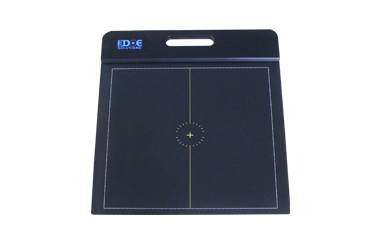
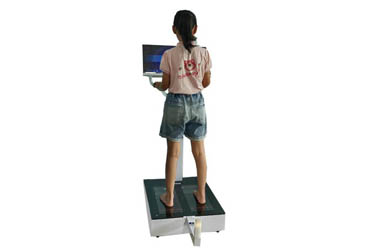
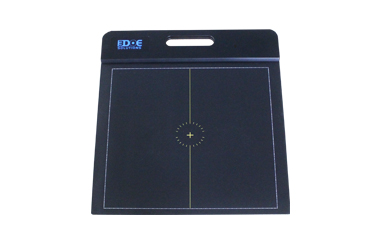

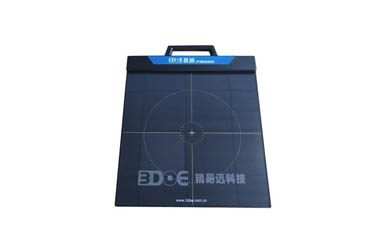
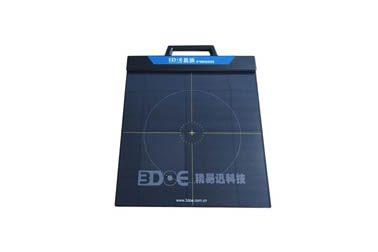



 +86-0755-86131192
+86-0755-86131192